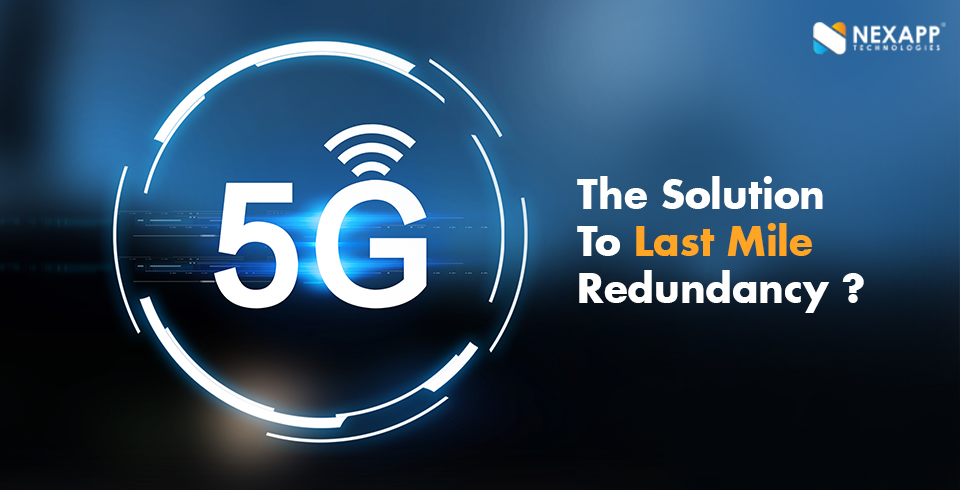
The talks for 5G has been around for a while now. A powerful 5G is a game-changer for enterprises. Though everyone has been eagerly anticipating for this to come, enterprises have done their homework and are ready to adapt to a digital transformation that is promising to change the face of networking and technology for good. With the advent of 5G, the positive impacts and performance improvements are being seen firsthand. With a promise for robust and consistent connectivity, combined with better service, which in turn will be translated to a holistic experience, marking it just the beginning of what 5G has to offer.
Last-mile has been a constant challenge that has vexed all enterprises for decades now. Common problems and limitations like lack of transparency, inadequate routing plans along with delays and limited data transfer are issues still haunting organizations. To improve overall site availability, network managers would pair an MPLS connection to a backup internet connection. Another attempt of link bonding was also aggregated. Though earlier, many such attempts have been made to get around these limitations and solve these problems, there has been little to no success. SD-WAN too made a mark in getting around solving the last-mile problem, by getting access to greater bandwidth and reliability and balancing traffic across multiple last miles, the susceptibility of the potential outage is still present and hasn’t completely eradicated the problem at hand.
5G: The answer to the last-mile problem?
Telecom enterprises are confidently claiming that 5G will be the saviour against the last-mile challenges. Though still being new for enterprises to heavily rely on this technology, 5G still comes in with great promises for the future of technology and networking.
Claiming that this new and evolved technology will remove last-mile barriers along with overcoming last mile provisioning and deployment issues. Soon there may be a future where leaders get the capacity they need and the worry that the last mile might be cut or disrupted will be a worry of the past. The backlog in data transfer will no longer be a reason for worry and businesses will experience continuous high speed, and will no longer have to wait months for fibre installations.
Being a wireless technology, there is a high possibility that 5G will not be susceptible to the same physical outages from the carrier network to the customer premise. 5G, when used with Edge appliances at the branch, it eliminates the need to aggregate multiple internet connections together for more capacity. As well as enterprises involved in IoT, 5G aims at providing more than 100mbps usage data transmission across various devices.
With the growing demand and consumption of information in video format, be it video conferencing, live streams or virtual meetups, there is a huge increase in data storage and businesses operating from multiple locations, 5G will be addressing these surges. As well as, removing the last-mile bottleneck without the need for stepping down on capacity when data is reaching the end-user.
To conclude, businesses in pursuit of a super fast and always available network – which is vital for most enterprises, last mile has always been one of the biggest challenges. 5G infrastructure is a transformative access technology, and with these promises, we may see a future where last-mile challenges will be a thing of the past. Long gone and forgotten.
To find out more about how 5G will be a force of change in the future, head over to Nexapp Technologies


